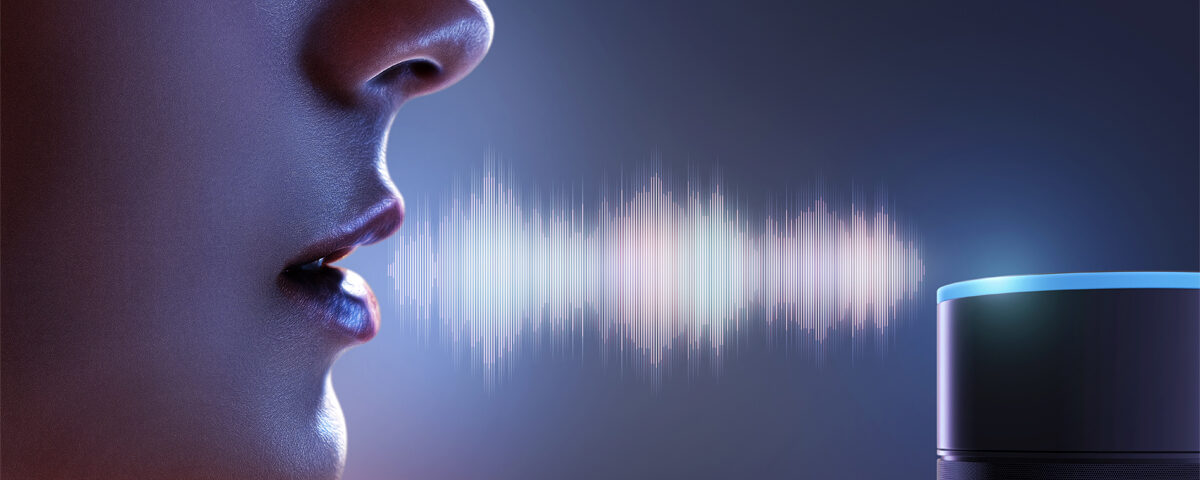High-Quality Audio and Voice Recognition for Smart Speakers and Voice Assistants
In recent years, smart speakers and voice assistants have become increasingly popular among consumers. With the ability to control various smart home devices, play music, and provide information, these devices have revolutionized the way people interact with technology in their homes. As a result, there is a growing demand for high-quality audio and voice recognition technology that can enhance the user experience. In this article, we will explore the rise of smart speakers and voice assistants and the role of audio and voice recognition technology in their success.
The Rise of Smart Speakers and Voice Assistants
Smart speakers and voice assistants are devices that use artificial intelligence (AI) and natural language processing (NLP) to understand and respond to user commands. They are typically connected to the internet and can be controlled by voice commands or through a mobile app. Smart speakers and voice assistants have become increasingly popular due to their convenience and ease of use. They allow users to perform a wide range of tasks, such as playing music, setting reminders, and controlling smart home devices, without the need to physically interact with a device.
According to a report by Canalys, the global smart speaker market grew by 26.1% in Q3 2020, with Amazon and Google leading the way in market share. In addition, a report by Voicebot.ai found that the number of smart speaker owners in the United States increased from 66.4 million in 2018 to 87.7 million in 2020. This shows that the popularity of smart speakers and voice assistants is only increasing, and it is crucial for companies to provide high-quality audio and voice recognition technology to meet consumer demands.
The Role of Audio and Voice Recognition Technology
One of the essential components of smart speakers and voice assistants is audio technology. High-quality audio is necessary to ensure that users can hear and understand the device’s responses clearly. As a result, smart speaker manufacturers are investing heavily in audio technology to provide users with the best possible listening experience.
For example, Amazon’s Echo Studio smart speaker features five speakers for immersive sound and has the ability to adapt to the acoustics of any room automatically. Similarly, Apple’s HomePod uses advanced signal processing to optimize audio quality and has a high-excursion woofer and seven tweeters for powerful sound.
In addition to audio technology, voice recognition technology is critical for smart speakers and voice assistants to understand and respond to user commands accurately. Voice recognition technology uses machine learning algorithms to analyze spoken words and convert them into text or commands. These algorithms improve over time as they process more data, resulting in more accurate recognition.
Companies are investing heavily in voice recognition technology to provide users with a seamless experience. For example, Amazon’s Alexa uses a neural network to process speech recognition and can recognize natural language commands. Google’s Assistant also uses machine learning to understand context and provide accurate responses.
Summary
The popularity of smart speakers and voice assistants continues to grow, and it is essential for companies to provide high-quality audio and voice recognition technology to meet consumer demands. Audio technology is critical for providing users with the best possible listening experience, while voice recognition technology ensures that devices can understand and respond to user commands accurately. As technology continues to evolve, it is likely that smart speakers and voice assistants will become even more integral to our daily lives, and the demand for high-quality audio and voice recognition technology will continue to increase.


